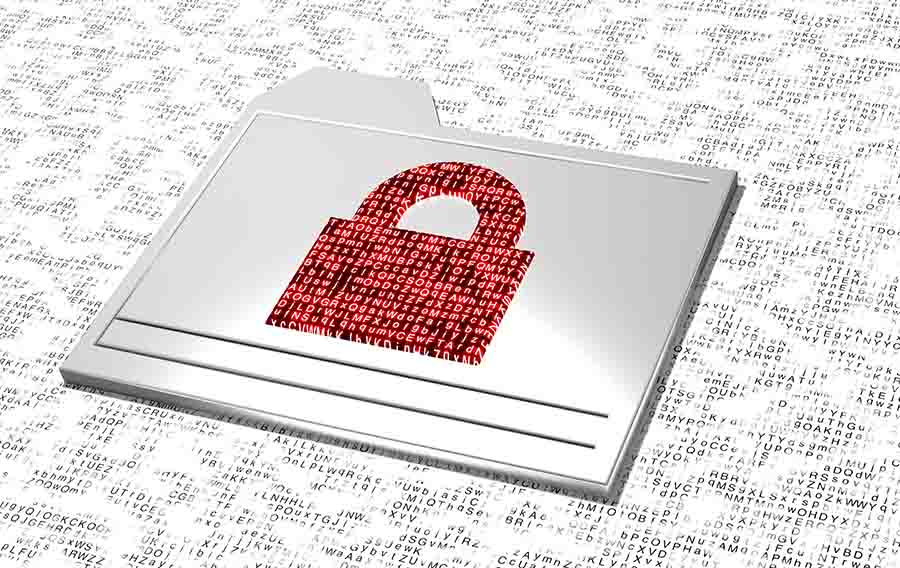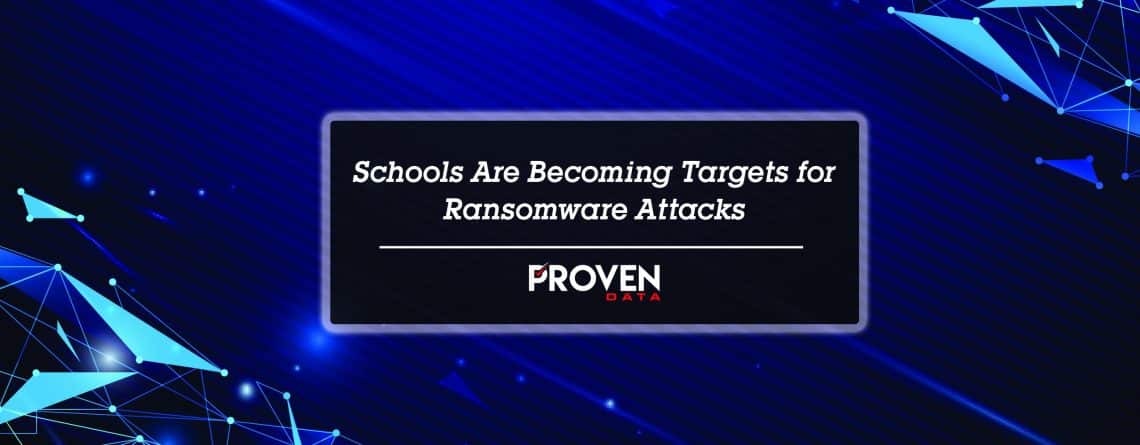In late July, Governor John Bel Edwards of Louisiana declared a State of Emergency citing “there has been severe, intentional cybersecurity breaches in Louisiana school systems that may potentially compromise other private and public entities throughout the State”.
The announcement followed a series of ransomware attacks against three major school districts in the state, generating panic and fear amongst the educational community around the nation. Cyber attacks further victimized school districts in Connecticut, Alabama, New Mexico, amongst a growing list of others this Summer season.
Why do ransomware attacks target schools?
As students prepare to return to school over the next several weeks, administrators and IT departments struggle with recent ransomware attacks against educational districts. These educational institutions are quickly becoming a hot mark for cyber extortionists, with no plan of action for ransomware recovery. Colleges, universities, and local school districts alike need a more modern approach to cybersecurity and improve their data protection policies, before it’s too late.

They use legacy IT infrastructure
School districts tend to lean on the restrained side when it comes to directing budgeting toward new and improved IT infrastructure and network systems. These improvements can be a costly endeavor, and most school administrators fail to see the need for renovation in this category. As a result of this trend, these legacy systems are extremely outdated and updates & software patches are not released frequently by manufacturers, leaving more vulnerabilities for threat actors to gain entry into the system.
In Nevada, the Lyon County School District fell victim to a ransomware attack earlier in June which resulted in countless challenges for school admins. Without data backups, the IT team was unable to recover any data and their entire network was affected.
Student & staff data is at stake
Cyber criminals choose to target school systems because they maintain databases of PII (Personally Identifiable Information) including students’ names, addresses, records, and much more. School districts b which makes their databases large & prime for a cyber crime to take place. Without proper backups, these databases are left extremely susceptible to ransomware attacks, often leaving school leaders and IT teams in a difficult situation.
Lack of cyber security awareness & staffing
School districts simply do not spend enough time or resources helping to educate their staff members & students on the importance of cyber hygiene and data protection. Some school districts have upwards of thousands of teachers, staff, and faculty, making a social engineering attack against one of these members more likely. In turn, smaller districts and universities might not have the proper IT staffing in place that is necessary to detect and prevent these types of attacks from occurring.
According to a comment in the New York Times by Keith R. Krueger, the Chief Executive of the Consortium for School Networking in Washington, D.C., “almost two-thirds of school districts in the United States serve fewer than 2,500 students, and many do not have a staff member dedicated solely to cybersecurity”. This is an alarming statistic given the severity of cyber attacks occurring this year. School boards and administrators aren’t discussing enough how they will strategize internally to defend against ransomware and other attacks of cyber crime.
It’s getting closer to the first day of school
These cyber criminal organizations are extremely strategic with their intent and targets, focusing their resources on victims who are more likely to need access to their data and network infrastructure. As the first day of school approaches for many districts, colleges, and universities across the nation, threat actors use this as a prime opportunity to disable the networks and deploy ransomware, encrypting the data. School administrators understand how important it is to have properly working IT, and leaves them in an unforgiving predicament once the ransomware attack occurs.
How can school systems prevent cyber attacks?
As cyber crime continues to evolve and provide difficult challenges for educational institutions, they must take more action and become proactive in their efforts to protect critical information and data. Ensure there are educational materials, such as anti-phishing training, which can help teachers, staff, and faculty from all departments better prevent an attack from happening network-wide. Ensure proper backups are initiated regularly and check with IT teams to see how different faculty members can better prepare.
Our guide on cyber security best practices will be your first step to protecting your school from ransomware attacks!







